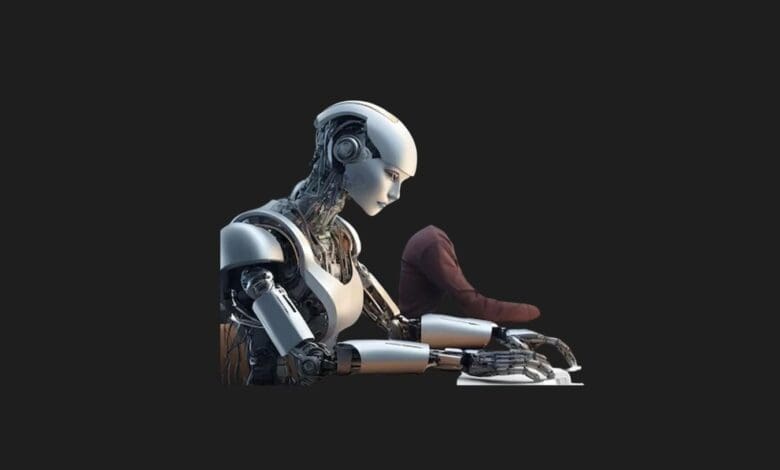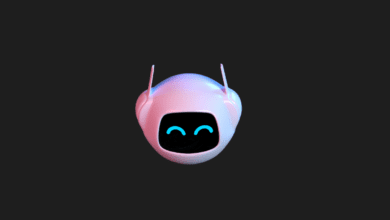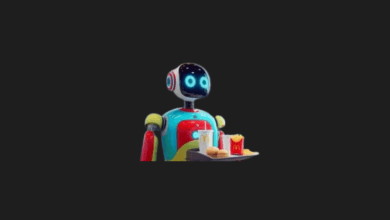
Google’s 3D Video Conferencing Project Starline Integrating with Zoom and Meet
Google has announced that its 3D video calling technology, called the Starline Project, which it first unveiled in 2021, will soon be available. A collaboration with HP has been established to integrate this technology into Zoom and Meet.
Google introduced the Starline Project at its developer conference in 2021. This AI-powered project, which has been in development since then, is an experimental video communication method designed to revolutionize the video calling experience. During a call, you can see a hologram-like 3D model of the person in front of you, making it feel as though you are in the same place.
The Starline Project was originally introduced with a chat booth that had a large screen inside, enabling 3D interaction. However, in 2023, the company made changes to the technology, eliminating the large booth. Instead, it has been transformed into a large TV-like screen with a camera mounted on top, making the technology more practical for offices and conference rooms.
The Starline Project will finally start to be used by coming to applications such as Zoom and Meet
Three years have passed without any updates on the launch of the Starline Project. However, the company has finally clarified this issue today. In a blog post, it was announced that the technology will now “come out of the lab” and be offered to users.
According to the company’s statements, we will soon see the product integrated into popular video conferencing applications such as Zoom and Google Meet. This means it will be accessible to users worldwide and will elevate video calls to a very advanced level.
Google has partnered with another tech giant, HP, to commercialize the product, with plans for this to happen in 2025. HP manager Alex Cho expressed their excitement about partnering with Google to bring this technology to the market.
That’s all the information shared about the Starline Project for now. Google has stated that more details about the technology will be provided later this year.
You may also like this content
- What If Tech Giants Built Airplanes? Here’s What They Might Look Like
- Microsoft Accelerates in Cybersecurity: AI Now Takes the Lead in Protection!
- DeepSeek Takes the World by Storm with Major Update to V3
Follow us on TWITTER (X) and be instantly informed about the latest developments…












